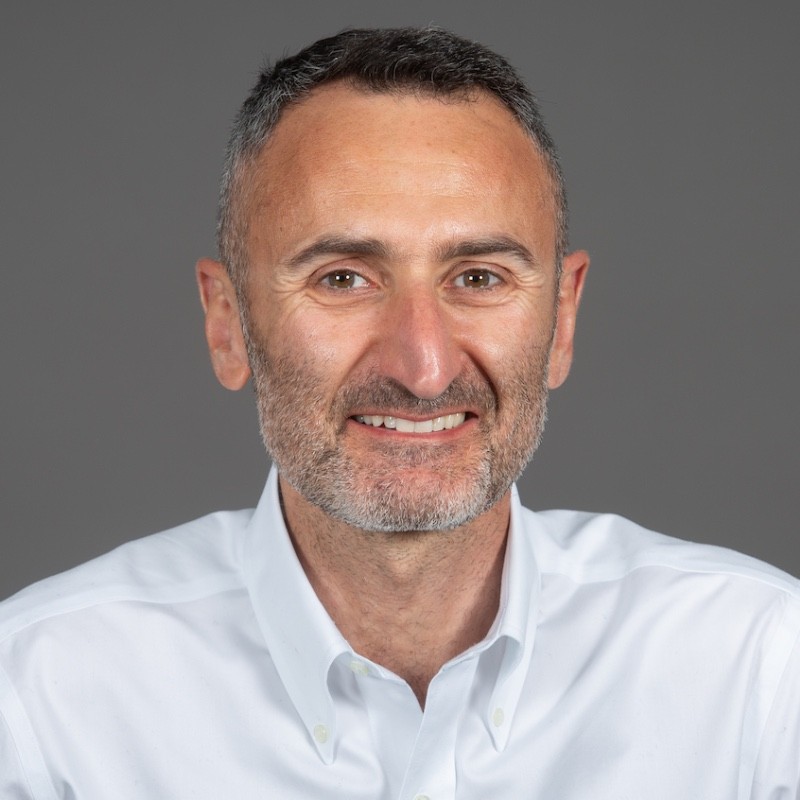- Video Library
- Claude Cohen-Bacrie Presents e-Scopics at LSI USA ‘23
Claude Cohen-Bacrie Presents e-Scopics at LSI USA ‘23

Claude Cohen-Bacrie
Mr. Cohen-Bacrie will share the story of e-Scopics at the Emerging Medtech Summit and will discuss capital needs and strategic partnering opportunities.
Claude is an entrepreneur in Medtech and founded two companies in the field of innovative ultrasound imaging. He was co-founder of SuperSonic imagine in 2005, and acted as executive vice president, Chief Technology Officer and Chief Operating Officer. In that role he brought the company through 4 rounds of funding and IPOed the company in 2014. The company has recently received a binding offer from Hologic.
In 2018, Claude founded e-scopics, a point of care ultrasound company, which aims at democratizing the role of ultrasound to ultimately all healthcare professionals. The company owns and develops proprietary technologies to allow dematerialization of ultrasound imaging architectures in order to put on the market, innovative devices with strong differentiation in the point of care market.
Claude was previously managing ultrasound research within Philips Research in charge of the collaboration with Philips Medical Systems. He is also former board member of Eye Tech Care, which develops High Intensity Focussed Ultrasound technology for glaucoma treatment and act as coach for several entrepreneur within M2Care.
Claude is a scientist by training, who further specialized in Signal and image processing and a thesis in Medical Imaging. His qualifications also includes an MBA from HEC, NYU Stern and the London School of Economics.
Claude Cohen-Bacrie
Mr. Cohen-Bacrie will share the story of e-Scopics at the Emerging Medtech Summit and will discuss capital needs and strategic partnering opportunities.
Claude is an entrepreneur in Medtech and founded two companies in the field of innovative ultrasound imaging. He was co-founder of SuperSonic imagine in 2005, and acted as executive vice president, Chief Technology Officer and Chief Operating Officer. In that role he brought the company through 4 rounds of funding and IPOed the company in 2014. The company has recently received a binding offer from Hologic.
In 2018, Claude founded e-scopics, a point of care ultrasound company, which aims at democratizing the role of ultrasound to ultimately all healthcare professionals. The company owns and develops proprietary technologies to allow dematerialization of ultrasound imaging architectures in order to put on the market, innovative devices with strong differentiation in the point of care market.
Claude was previously managing ultrasound research within Philips Research in charge of the collaboration with Philips Medical Systems. He is also former board member of Eye Tech Care, which develops High Intensity Focussed Ultrasound technology for glaucoma treatment and act as coach for several entrepreneur within M2Care.
Claude is a scientist by training, who further specialized in Signal and image processing and a thesis in Medical Imaging. His qualifications also includes an MBA from HEC, NYU Stern and the London School of Economics.

17011 Beach Blvd, Suite 500 Huntington Beach, CA 92647
714-847-3540© 2025 Life Science Intelligence, Inc., All Rights Reserved. | Privacy Policy







